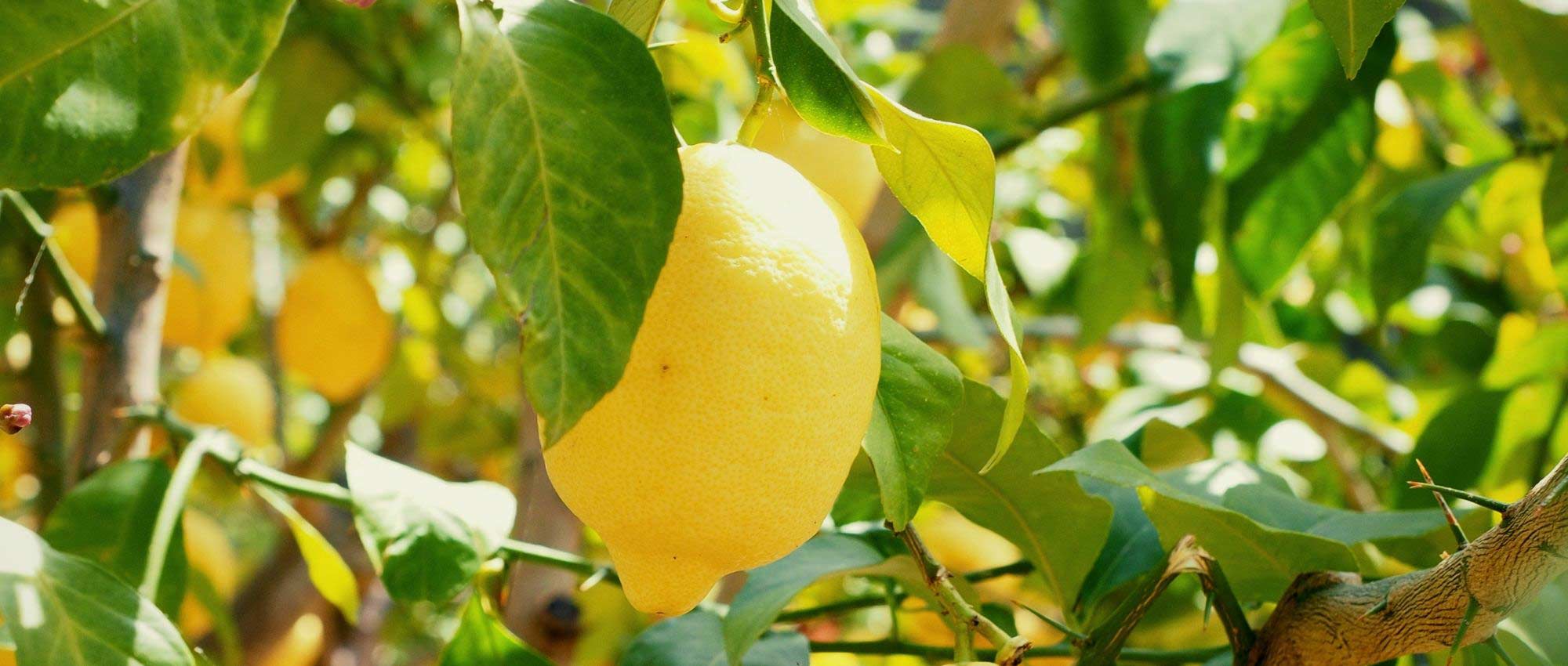
Potted lemon tree: to grow and care for
Everything you need to know to keep a citrus tree healthy
Contents
Lemon trees, highly prized for their tangy yellow fruit are very decorative bushes. Indeed, these citrus trees bear pretty white, pleasantly scented flowers, along with fragrant, glossy green foliage. They also have the advantage of being evergreen, retaining their leaves throughout the year.
Unfortunately, lemon trees are not very hardy: on Mediterranean coast, you can plant them outdoors without problem, but in cooler climates, it is better to grow lemon trees in pots. This way you can easily protect them from cold in winter. Placed on a terrace for remainder of year, a lemon tree will bring a pleasant Mediterranean ambience!
Here are our tips for successfully growing lemon trees in pots: which varieties are best suited and how to plant them. You will also find our care advice for lemon trees in pots, to maintain good health and enjoy abundant fruiting!
Which lemon tree variety should I choose for growing in a pot?
Lemon trees adapt very well to growing in pots or containers. As for species and varieties, we particularly recommend the classic Citrus limon, or Four Seasons lemon tree. It grows fairly quickly and is capable of producing fruits and flowers throughout the year. It has given rise to several hybrids that can easily be grown in pots, such as ‘Cerza’ or ‘Lemox’, whose attractive ovate fruits are nicely tart and have the advantage of being seedless.
You can also choose the Meyer lemon (Citrus x meyeri), which produces slightly sweeter, less acidic fruit. Slightly less closely related to lemon trees, the Calamondin (Citrus madurensis) is a hybrid between the kumquat and the mandarin, producing fruits that resemble small mandarins. It is notable for its ability to adapt even to indoor cultivation: it tolerates the air and temperatures in our homes and flats quite well. Finally, the caviar lime (Microcitrus australasica) deserves attention for its unusual small fruits, remarkable for their pulp made up of little juice-filled beads with a tangy flavour. It also copes very well with cultivation in pots.
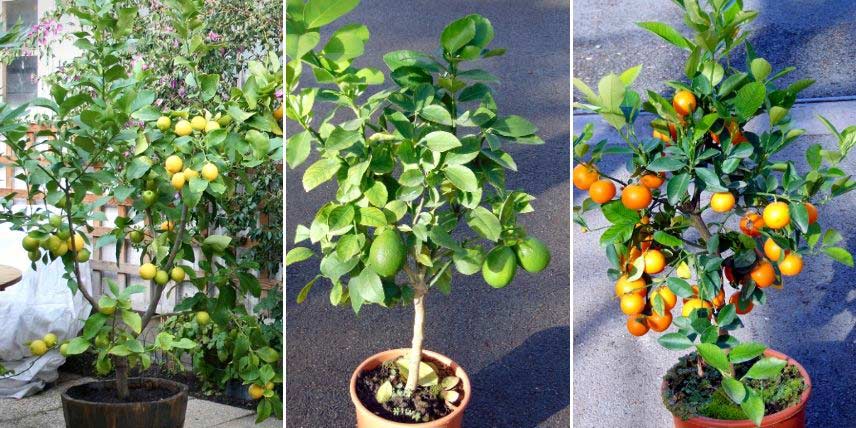
Four Seasons lemon tree (Citrus limon), Meyer lemon (Citrus x meyeri) and calamondin (Citrus mitis)
When and how to plant your lemon tree in a pot?
Choosing a pot for a lemon tree
Best time to plant lemon tree in a pot is early spring, between March and May.
Choose a pot slightly larger than original to give lemon tree space to develop its root system.
For material, we recommend either a terracotta pot or a wood planter for planting lemon tree. The terracotta pot, porous, has advantage of allowing air and moisture to pass, but it dries out more quickly. It is generally quite decorative. The wood planter is an aesthetic solution, offering solidity and fairly good insulation from cold. Finally, plastic pots are a simple solution for planting lemon tree: they are light to handle and inexpensive, but are rather impermeable and less airy than terracotta pots, which can lead to root asphyxiation. If you use a plastic pot, waterings will therefore need to be a little less frequent, and it will be important to use a draining substrate.
In any case, we invite you to choose a decorative pot to show off your lemon tree! Most important when choosing pot or planter is that it is drilled at the base to allow drainage of watering water.
Planting steps for lemon tree in a pot
Here are the steps to successfully plant lemon tree in a pot:
- Take a large pot, with drainage holes, and place a layer of clay pebbles or gravel a few centimetres deep.
- Put substrate in pot. Important to choose a well-draining substrate. Use horticultural potting compost possibly mixed with garden soil (provided it is not calcareous), and amended with coarse sand (for drainage) and well-rotted compost. You can also find specialist compost for citrus trees commercially.
- Remove lemon tree from its original pot, gently tease the rootball, and plant lemon tree in pot, avoiding burying the collar.
- Replace substrate around it, and firm gently.
- Water generously.
Place a saucer under the pot to retain excess water from waterings, then install pot outdoors, for example on patio, in a sunny spot and, if possible, sheltered from wind.
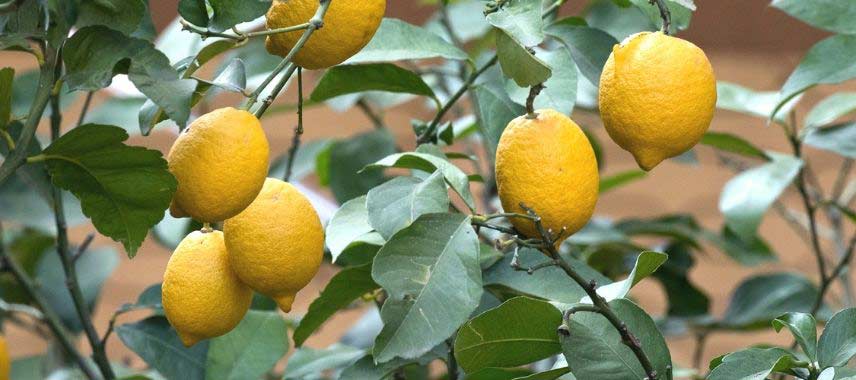
Discover other Lemon trees
View all →Available in 2 sizes
Available in 1 sizes

Available in 2 sizes
Available in 1 sizes

Available in 3 sizes
Available in 2 sizes
Available in 3 sizes

Available in 1 sizes
Available in 3 sizes
Available in 2 sizes
How to care for a lemon tree in a pot or container?
Caring for a potted lemon tree requires a few key steps to help it thrive on a terrace or balcony.
Watering:
Remember to water regularly from spring to autumn, but reduce watering in winter. Water preferably with rainwater rather than tap water, which can be too hard.
Place a saucer under the pot to collect excess water when you water. It is also best to raise the pot slightly, by placing gravel or an upside-down saucer underneath, to prevent the base of the pot from sitting permanently in water. Otherwise, remember to empty the saucer after each watering.
→ More details in our tutorial: “Lemon tree care: how to water it properly“.
What fertiliser for my lemon tree?
We also recommend feeding your lemon tree with fertiliser. From spring to autumn, for example, apply liquid fertiliser once a month.
How to protect my lemon tree from cold?
Lemon tree is not very hardy, which is why it needs to be overwintered in winter (unless you live in a region with a mild climate!).
To do this, around October, when temperatures cool, move the pot to a place that will protect it from frost while providing plenty of light. Do not place it inside your house or flat, as the air may be too warm and dry for it. Prefer a conservatory or unheated greenhouse that simply keeps temperature above 0°C (ideal temperature between 5 and 10 °C). During winter, reduce watering and stop feeding, as the bush is dormant.
At the end of winter, take the lemon tree outside, acclimatising it gradually. Place it first in partial shade before moving it into the sun, to avoid burning the foliage.
For more information, discover all our advice on overwintering citrus trees
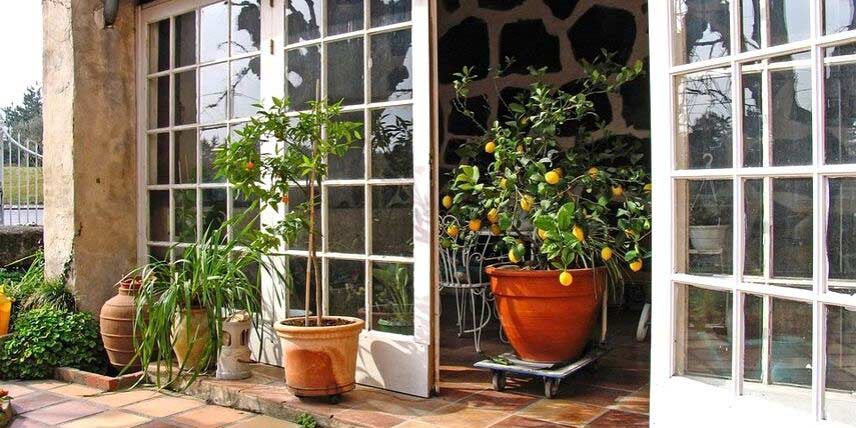
Lemon tree care also includes overwintering: bringing it in for winter under a frost-free, bright shelter and then putting it back outside in spring when temperatures become milder.
When and how to repot my lemon tree?
Final step for successful lemon tree care: repotting. Repot your citrus tree every two to three years. You can do this at the end of winter or in early spring, at the end of overwintering, when you take it outside again. Each time choose a pot slightly larger than the previous one. This renews the potting mix and gives more room to your lemon tree. In years when you do not repot, you can perform a surface refresh: gently scrape away the top few centimetres of compost, then add fresh potting compost.
Likewise, at the end of the overwintering period, between February and April, we recommend giving your lemon tree a light pruning. This helps give it an attractive, compact and balanced shape. It is also advisable to carry out other small light prunings during the year. For more information, see our advice sheet on pruning citrus trees.
- Subscribe!
- Contents


































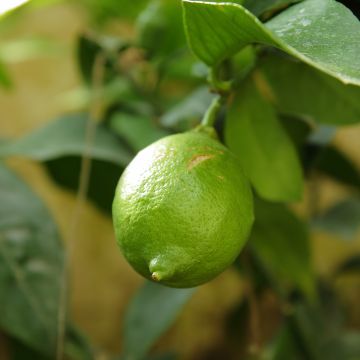




Comments